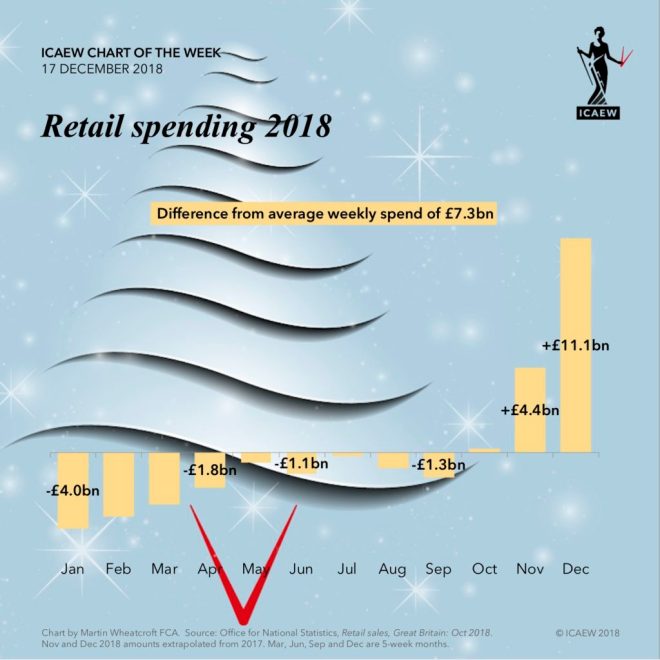
For some reason the UK’s international trade arrangements with other countries are a continuing topic of debate, and so we turn to imports and exports for this week’s ICAEW #chartoftheweek.
According to provisional numbers from the Office for National Statistics published last week, imports of goods and services are estimated to have been in the order of £660bn in 2018, while exports were around £630bn, a net trade deficit of £30bn. This comprises a deficit on goods of £140bn (imports of £490bn versus exports of £350bn) and a surplus on services of £110bn (imports of £170bn compared with exports of £280bn).
The largest proportion of the UK’s trade is with the EU, comprising around 55% of imports and 45% of exports. Within the EU, Germany is the (imports of £85bn and exports of £58bn), followed by the Netherlands (£48bn and £36bn), France (£43bn and £40bn), Ireland (£24bn and £31bn), Spain (£32bn and £17bn), Belgium (£30bn and £19bn) and Italy (£26bn and £20bn).
The US, still the largest economy in the world, is the UK’s largest individual trading partner, with the UK importing goods and services in the order of £75bn from, and exporting £117bn to, the US in 2018. The next largest trading partner outside the EU is China, with imports of £58bn and exports of £30bn.
With the UK scheduled to depart the EU in less than 40 days’ time, there is still a great deal of uncertainty as to what the UK’s post-Brexit trade arrangements will be – and hence the potential effect on international trade from April onwards.









